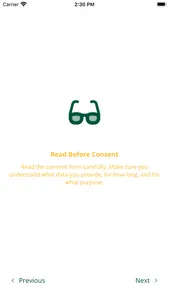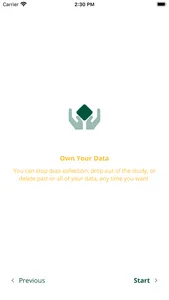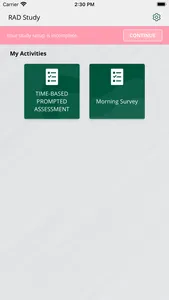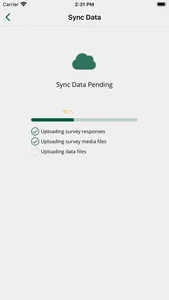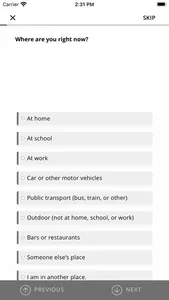The purpose of this research study is to characterize the broader environmental and social context in which the experience of victimization leads to high-risk alcohol drinking in college populations. This study will allow for a better understanding of the causal pathways between environmental and social exposures and high-risk alcohol use among college students.
High-risk alcohol consumption is a serious health problem among college students that leads to many physical, emotional, social, and cognitive consequences, including death. Recently, 38% of college students reported engaging in binge drinking in the last month and 11.4% reported heavy alcohol use. Alcohol use has been associated with violent victimization, bullying, and discrimination, all of which are contextual social exposures. The data we collect will help us better understand the causal pathways between environmental and social predictors and high-risk alcohol use among college students.
We plan to use these data to 1) Characterize the activity spaces of college students and examine how they are correlated with contextual environmental and social exposures, and alcohol use behaviors; 2) Examine the direct associations between (a) environmental (i.e., place-based exposures including physical disorder, crime/violence, alcohol outlets, social disorder) and (b) social contexts (i.e., violent victimization, bullying, and discrimination) and high-risk alcohol drinking among college students; and 3) Assess moderation by gender and race/ethnicity and mediation by potential psychosocial variables in the relationship between contextual (a) environmental and (b) social exposures and high-risk alcohol drinking.
This new knowledge will provide the information needed to develop appropriate and effective interventions aimed at reducing high-risk alcohol drinking among college students.
High-risk alcohol consumption is a serious health problem among college students that leads to many physical, emotional, social, and cognitive consequences, including death. Recently, 38% of college students reported engaging in binge drinking in the last month and 11.4% reported heavy alcohol use. Alcohol use has been associated with violent victimization, bullying, and discrimination, all of which are contextual social exposures. The data we collect will help us better understand the causal pathways between environmental and social predictors and high-risk alcohol use among college students.
We plan to use these data to 1) Characterize the activity spaces of college students and examine how they are correlated with contextual environmental and social exposures, and alcohol use behaviors; 2) Examine the direct associations between (a) environmental (i.e., place-based exposures including physical disorder, crime/violence, alcohol outlets, social disorder) and (b) social contexts (i.e., violent victimization, bullying, and discrimination) and high-risk alcohol drinking among college students; and 3) Assess moderation by gender and race/ethnicity and mediation by potential psychosocial variables in the relationship between contextual (a) environmental and (b) social exposures and high-risk alcohol drinking.
This new knowledge will provide the information needed to develop appropriate and effective interventions aimed at reducing high-risk alcohol drinking among college students.
Show More



